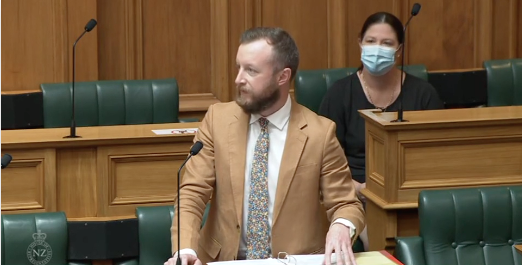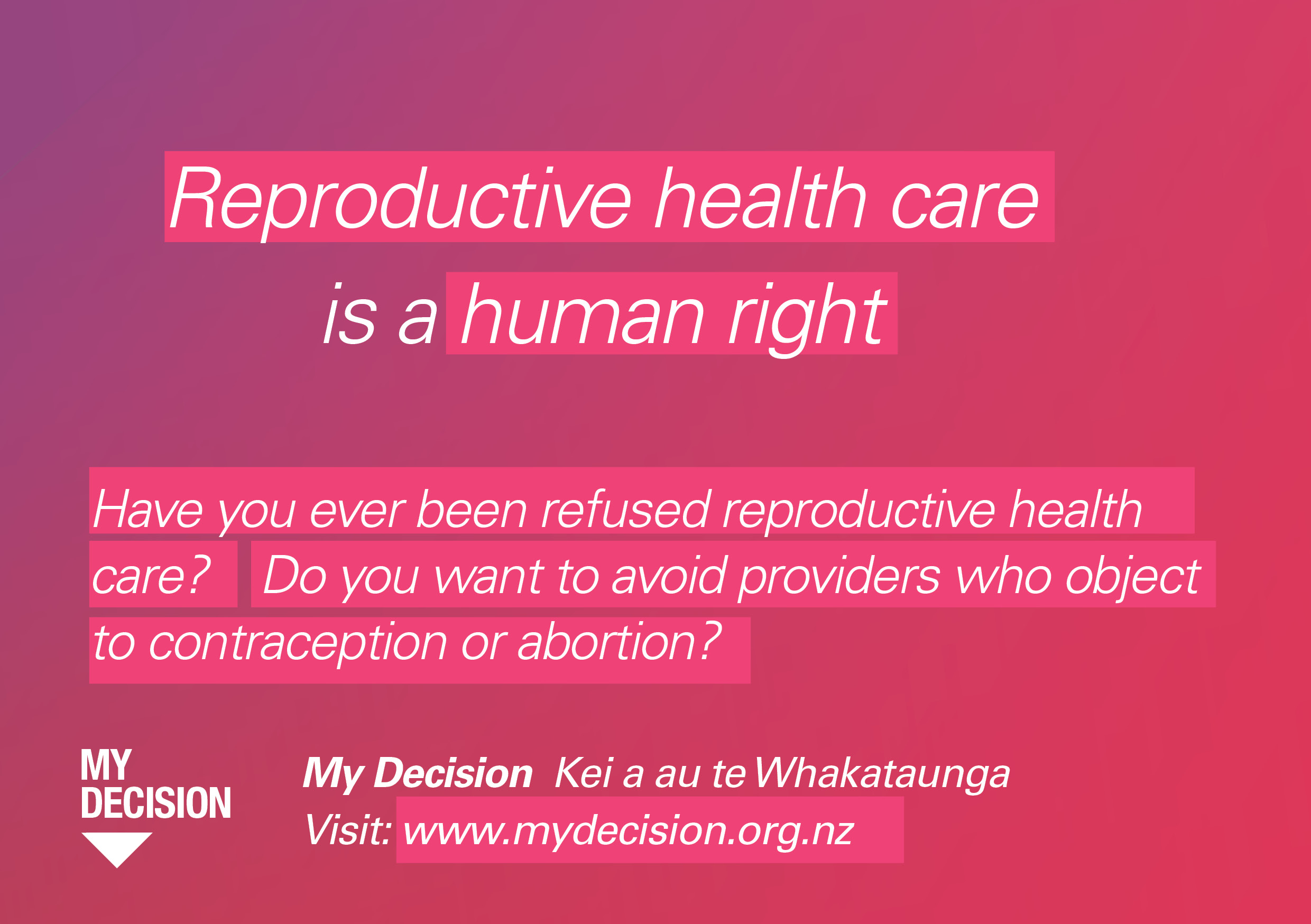
Endo Shouldn’t Be Like This
by Rimu Bhooi
It’s Endometriosis Awareness Month, and I’m sitting in bed, recovering from a concoction of medications in my system – Morphine, Sevredol, Bisacodyl, Ondansetron, Pregabalin, Panadol, Norethisterone, Nortriptyline, Omeprazole, Codeine, and Sertraline.
I’d like to say that recovering from hospital is a random occurrence, but this is my life these days: a walker to help me make it to the loo; a pill container and a constant supply of pain meds; a microwave in my bedroom for wheat packs; and, hospital visits galore.
Ever since I was diagnosed with Endometriosis three years ago, I have lived much of my life from bed. I genuinely thought things would get at least a little easier, but I’ve learnt that Endo is a beast unto itself.
The fainting and pelvic pain began when I was about ten. Then came the headaches, dizziness, painful periods, and pain. It took seven years of asking my GPs to help, being confused by how mates could carry on while bleeding, trying to convince the adults around me that I really didn’t feel well and was in a lot of pain. Finally, after I turned 20, I started making some actual headway on getting answers. I had a private gynaecology consult, and a referral was sent to the Waikato Hospital. I was put on a waiting list for surgery. I was hospitalised so many times between the pain worsening and the actual surgery. It began taking over my life, and now I know it’s something I’ll live with forever.
If you don’t know much about Endo, I’ll explain: it’s a chronic whole-body inflammatory disease. Tissue similar to the lining of the uterus randomly grows in other places, commonly in the pelvis, but it has been found in every organ in the body. This tissue thickens, breaks down and bleeds like normal period tissue, but it’s in the wrong place. It has nowhere to go. This can cause pain with periods, urination, bowel movements, sex and PMS. Endo symptoms are wide-ranging like diarrhoea, constipation, nausea, sub-fertility or infertility, fatigue, recurrent UTIs, abnormal bleeding, and even chronic pain throughout the body.
There is no cure, but the best management appears to come from a mix of medications, supplements, complementary therapies, good nutrition, sleep etc. The only way to diagnose Endo is through laparoscopic surgery. On average, globally, the wait time for diagnosis is seven to ten years, a devastating and tragic statitstic. One in ten people with uteruses have Endo, 120,000 people in Aotearoa alone. Yet very few know about it, and what they do know is mixed with misinformation. I have been told to ‘go on birth control to heal it,’ ‘get a job and that’ll help,’ ‘stick it out, it’s normal,’ and even ‘just get pregnant!’ None of these ‘helpful tips’ is true because there is no cause, no cure, and anyone telling you otherwise doesn’t know what they’re talking about. It is chronic. It can be removed during excision surgery and still come back. It comes with co-morbidities.
For me, those co-morbidities are mostly gynaecological. I was recently diagnosed with Adenomyosis, but I also have Hypertonic Pelvic Floor dysfunction, depression, anxiety, chronic fatigue and pain. Endo rules my life, and I’m only just coming to grips with the full extent of its effects on my life, study, and work.
When reflecting on all this, and on just how much time, money, and energy I’ve spent fighting for a diagnosis and then fighting for treatment and pain relief, I’m sad, but mostly I’m just really angry. We deserve better; we deserve support and answers. Endo is debilitating and disabling, but it doesn’t have to be. We need people to listen to our experiences and change the medical system, so that it centres patients and helps us. Instead of, you know, leaving us sobbing on the floor in the foetal position, wondering what we did wrong.





